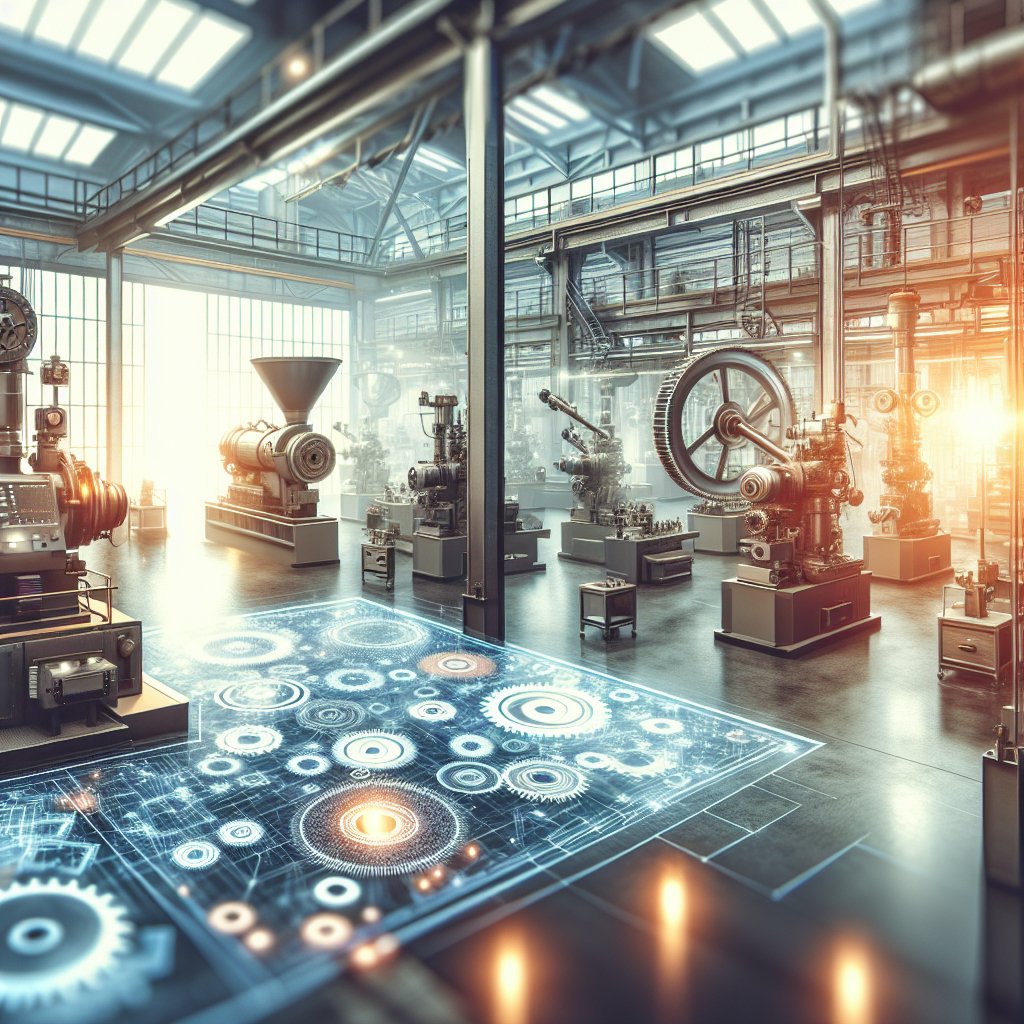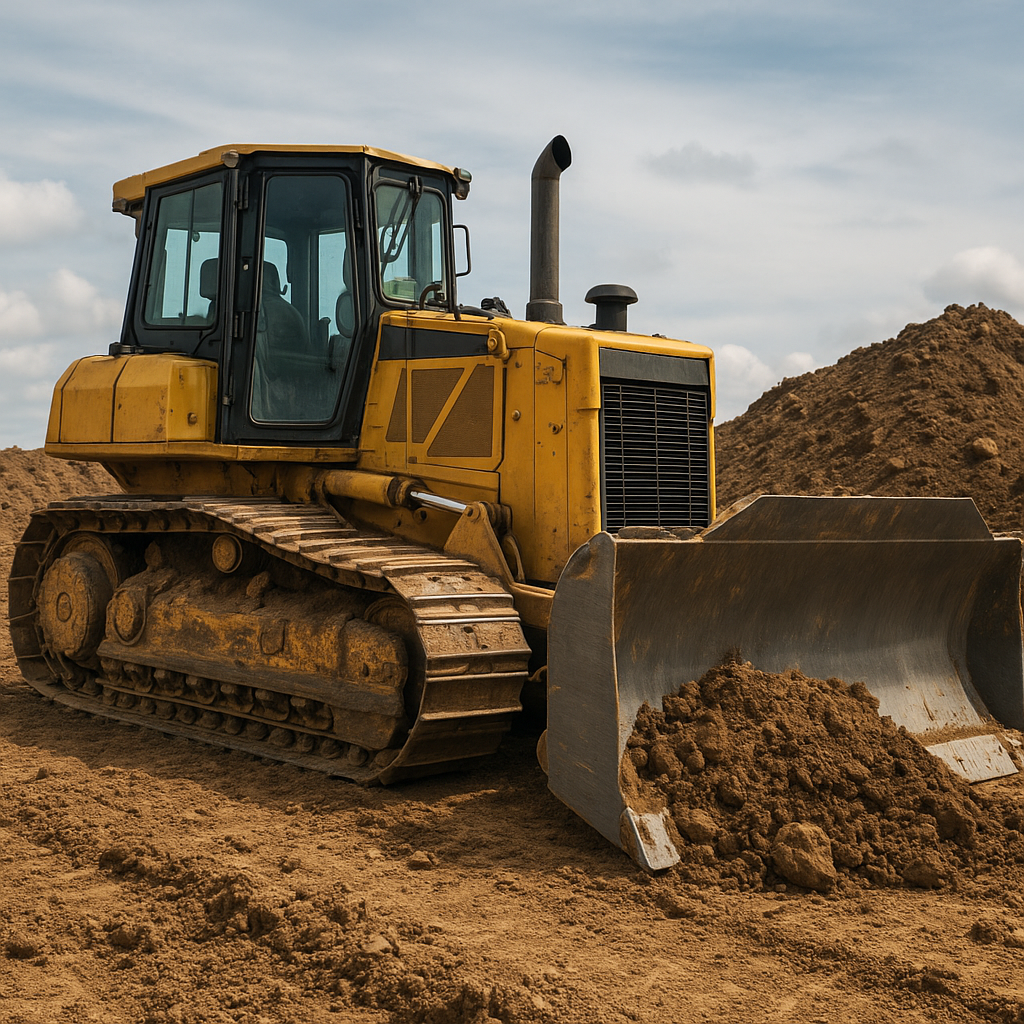
Choosing the right industrial grinding equipment is a critical decision that can significantly impact the efficiency and quality of your production processes. With a wide range of options available, understanding the key considerations can help you make an informed choice that aligns with your operational needs and goals. This article delves into the essential factors to consider when selecting industrial grinding equipment, ensuring you invest in a solution that enhances productivity and meets your specific requirements.
Understanding Your Grinding Needs
Before diving into the technical specifications and features of industrial grinding equipment, it is crucial to have a clear understanding of your specific grinding needs. This involves evaluating the materials you will be processing, the desired particle size, and the production volume. Each of these factors plays a significant role in determining the type of grinding equipment that will be most suitable for your operations.
Material Characteristics
The first step in selecting the right grinding equipment is to consider the characteristics of the materials you will be processing. Different materials have varying levels of hardness, abrasiveness, and moisture content, all of which can affect the grinding process. For instance, harder materials may require more robust equipment with higher power capabilities, while abrasive materials might necessitate specialized wear-resistant components to prolong the lifespan of the machinery.
Additionally, the moisture content of the material can influence the grinding process. Materials with high moisture content may require equipment with drying capabilities or specific designs to prevent clogging and ensure efficient processing. Understanding these material characteristics will help you narrow down the options and choose equipment that can handle your specific requirements effectively.
Desired Particle Size
The desired particle size is another critical factor to consider when selecting industrial grinding equipment. Different applications may require varying levels of fineness, from coarse grinding to ultra-fine milling. It is essential to determine the particle size distribution that meets your production goals and ensures the quality of the final product.
Some grinding equipment is designed for specific particle size ranges, while others offer adjustable settings to achieve different levels of fineness. Consider whether you need equipment with versatile capabilities or if a specialized machine for a particular particle size range is more suitable for your needs. Additionally, evaluate the consistency and uniformity of the particle size distribution that the equipment can achieve, as this can impact the quality and performance of your end product.
Production Volume
The production volume is a crucial consideration when selecting industrial grinding equipment. The equipment’s capacity should align with your production requirements to ensure efficient and cost-effective operations. Consider the throughput rate, which refers to the amount of material the equipment can process within a specific timeframe.
For high-volume production, you may need equipment with larger capacities and higher power capabilities to meet demand. Conversely, for smaller-scale operations, a more compact and energy-efficient machine may be more appropriate. It is essential to balance the equipment’s capacity with your production needs to avoid over-investing in machinery that exceeds your requirements or under-investing in equipment that cannot keep up with demand.
Evaluating Equipment Features and Specifications
Once you have a clear understanding of your grinding needs, the next step is to evaluate the features and specifications of the available equipment options. This involves considering factors such as power and energy efficiency, design and construction, and maintenance requirements. Each of these aspects can impact the performance, durability, and cost-effectiveness of the equipment.
Power and Energy Efficiency
The power and energy efficiency of industrial grinding equipment are critical factors that can influence operational costs and environmental impact. High-power equipment may be necessary for processing hard or abrasive materials, but it can also result in higher energy consumption and increased operational expenses.
Consider the energy efficiency of the equipment and whether it incorporates features such as variable speed drives or energy-saving modes. These features can help reduce energy consumption and lower operating costs without compromising performance. Additionally, evaluate the power requirements of the equipment and ensure that your facility’s electrical infrastructure can support the machinery’s needs.
Design and Construction
The design and construction of industrial grinding equipment can significantly impact its performance, durability, and ease of use. Consider the materials used in the construction of the equipment, as well as the design features that enhance functionality and user-friendliness.
Look for equipment made from high-quality, durable materials that can withstand the demands of your specific grinding applications. Additionally, consider design features such as ergonomic controls, easy access for cleaning and maintenance, and safety mechanisms that protect operators and prevent accidents. A well-designed machine can improve efficiency, reduce downtime, and extend the lifespan of the equipment.
Maintenance Requirements
Maintenance is an essential aspect of ensuring the longevity and optimal performance of industrial grinding equipment. Consider the maintenance requirements of the equipment, including the frequency and complexity of routine maintenance tasks, the availability of replacement parts, and the level of technical support provided by the manufacturer.
Choose equipment that is easy to maintain and comes with comprehensive support from the manufacturer. This can help minimize downtime, reduce maintenance costs, and ensure that the equipment continues to operate at peak performance. Additionally, consider whether the manufacturer offers training and resources to help your team perform maintenance tasks effectively and safely.
Conclusion
Selecting the right industrial grinding equipment is a complex decision that requires careful consideration of various factors, including your specific grinding needs, equipment features, and maintenance requirements. By understanding the characteristics of the materials you will be processing, the desired particle size, and the production volume, you can narrow down the options and choose equipment that aligns with your operational goals.
Evaluating the power and energy efficiency, design and construction, and maintenance requirements of the equipment can further help you make an informed decision that enhances productivity and cost-effectiveness. By investing in the right industrial grinding equipment, you can improve the quality and efficiency of your production processes, ultimately contributing to the success and growth of your business.

